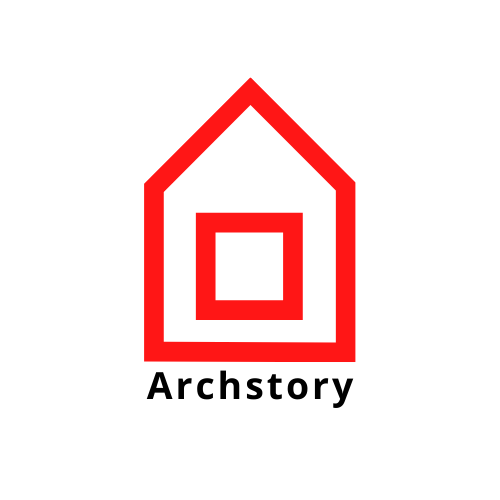
Schemata Architects + JoNagasaka
이 건물은 원래 버거킹이 1층과 2층에 사용하던 건물로, 남쪽으로 큰길을 마주하고 있다. 이 프로젝트는 건물 사이의 골목에서 활동을 만드는 것을 목표로 하는 ARARIO의 보이지 않은 개발 개념에 따라 설계되었다. 1층을 사람들이 자유롭게 드나들 수 있는 공간으로 사용하기 위해 보이드를 더 추가하고 필로티를 최대한 강조했다. 건물 양쪽은 유리로 되어 있어 남측과 북측 거리를 걷는 사람들이 서로를 볼 수 있다. 테라스와 내부의 경계에 반 야외 바를 배치하여 테라스가 살아움직이고 매장의 일부가 되도록 했다.
This building was originally used by Burger King on the first and second floors, and faces the main street to the south. This project is designed in line with ARARIO's concept of "invisible development," which aims to create activities in the alleys between buildings.
In order to use this ground floor as a place for people to freely come and go, we added more voids and highlighted the pilotis as much as possible. Both sides of the building are clad in glass so that people walking on the streets on the south and north sides can see each other.
We decided to locate the Freitag store, which requires an ample interior space and wall storage, on the second floor, because we thought that those who would visit this place would surely go up to the second floor if they are curious to see it. About half of the second floor was previously used as a terrace seating area for Burger King.
There were large black and white tiles in a checkered pattern on the floor, window sashes in the walls with geometric patterns like those on old-fashioned vinyl luncheon mats, and cast iron railings with a cheap-looking plant pattern that resembled the ones sold at home improvement stores.
The somewhat frivolous pop design of the '80's evoked a sense of nostalgia. Considering the fact that Freitag's products are made from recycled truck tops, seat belts, bicycle tire tubes, car airbags and so on, it made sense to mix the nostalgic and pop space with the new store space as if making a collage. A semi-outdoor bar was placed on the boundary between the terrace and the interior, allowing the terrace to come alive and become part of the store.
Photography by Ju Yeon Lee







from archdaily
